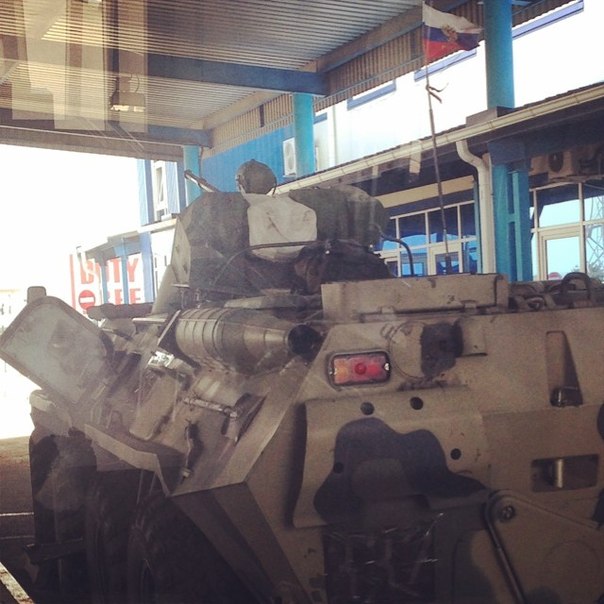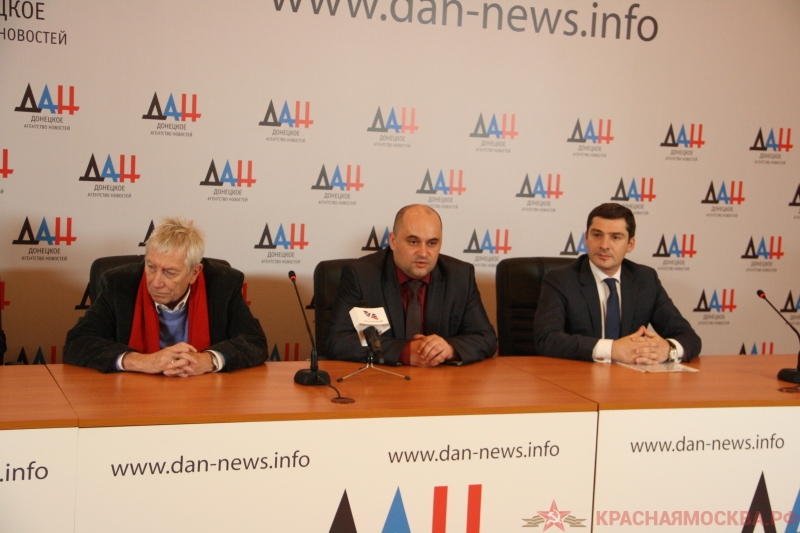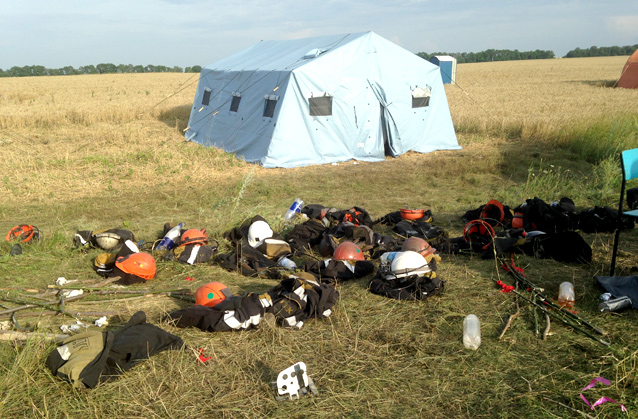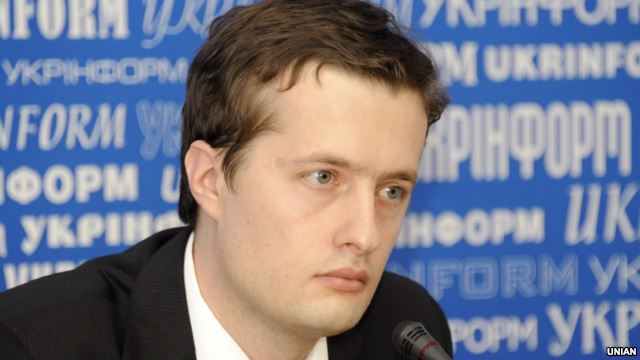“The information that the army was involved in organizing mass graves near Donetsk does not correspond to reality and aims to discredit the Ukrainian servicemen who continue carrying out their duty to protect the territorial integrity of Ukraine in Donetsk and Luhansk oblasts.” This was stated by the press center of the antiterrorist operation in Ukraine in response to Russian media reports that contained news about the discovery of alleged ‘mass graves’ in Donetsk oblast, which contained the bodies of civilians, “mostly women,” some of which “had been subject to torture” and “had possibly been murdered.”
The Ukrainian National Guard also stated it had nothing to do with the murder of civilians near Donetsk. “There have been no National Guardsmen near Donetsk where the bodies of the murdered civilians were discovered, other military departments were present there,” stated at a briefing on Wednesday the representative of the National Ukrainian Security and Defense Council Andriy Lysenko.
The separatists who control the suburbs of Makyivka claim that the locals had pointed the graves out to them, allegedly saying that the murders had been committed by the Ukrainian soldiers. According to them, meal packs that are usually used by the Ukrainian armed troops were detected near the grave site. The Russian government claims those are ‘wartime crimes,’ and decided to create a special committee with the PACE and the OSCE to investigate the circumstances of how the people found in the graves had been killed.
OSCE representatives went to the village of Komunar and confirmed that the graves had been discovered and visited them. However, as head of the press service of the special OSCE mission in Ukraine Michael Bochurkiv said, they are not ‘mass graves,’ as the Russian media had reported, but “unmarked graves.”
A Ukrainian OSCE mission report published on Wednesday notes that the representative of the so-called ‘military police’ of the ‘DNR’ had shown them three such graves in each of which, they claimed, there had been several bodies. Two graves are located near the village of Komunar, the third is in the village itself. The OSCE examined two locations near the mine in the village, which are within 50 meters of each other, each of which had two bodies inside. Eight shells from a Makarov pistol were discovered within five meters of these bodies.
AP and Reuters published photos from the outskirts of Makyivka, which was subject to intensive fire on part of the separatists last week, with the usage of missile as well. Ardent battle for the village has been going on since August. In the beginning of September, the Nyzhnya Krynka village website published photos of the consequences of the attacks. The locals said “Grad” systems were used. On September 21 or 22 the Ukrainian army left the village of Nyzhnya Krynka, having blown up an automobile bridge. On September 23, photos of the destruction in Komunarska mine caused by combat were published. It is unclear who attacked the mine.
OSCE representatives were photographed by Reuters photographer Marco Duriceyu (such is the subtitle of the photo) near the predictable grave (a small land hill), which has a handmade plaque on it. It clearly shows the inscription: “They died for Putin’s lies,” and indicated five names, with dates of birth and death. At least four are male: Yury, Serhiy, Maksym, Revaz. The last inscription: “The AF (armed forces?) of Russia,” then there is a number, which presumably is the identification number of a soldier. Which also makes it possible that the deceased had nothing on him except for his dog tags.
The second date (presumably, the date of death) is the same for everyone: August 27 of the current year. RIA Novosti photo service published a number of photos from Nyzhnya Krynka. One of the photos shows the plaque separately, however the inscription is unintelligible. The photo compilation is titled: “At the burial site of civilians near Donetsk.” The OSCE report states that the expected grave with the aforementioned plaque is on a road that leads to the village. OSCE representatives especially note that there were no forensic medical experts on location, therefore they cannot say whether it was a real grave and how many bodies were inside.
Radio Liberty reader Maria Golubeva stated in the comments to this article that the photo of the plaque appeared online back in the beginning of September. This photo shows all the names clearly:
Borysov Yury Ivanovych,
born 1978
Holubyash Serhiy Vasylyovich, born 1972
Neustroyev Revaz Zurabovich, 1973
Stechin Maksym Oleksandrovych, 1989
The lowest inscription on the plaque reads Russian AF Y-257606.
The publication plains that they died during a shooting near the roadblock at the entrance to the village. And that “three on the list are from the Republic of Tatarstan.”





